Flying in 1940 was cheap! Of course, compared to, as they used to say back then, “nowadays,” it took nearly forever to get to your destination.
Or did it?
The airliner pictured in this 1940 Northwest Airlines’ Oregonian ad was a Douglas DC-3. The DC-3’s top speed: 224 mph. (Today’s jets are more than twice as fast. Cruising altitude airspeeds average between 500 and 600 mph).
Based on “as the crow flies” point-to-point mileage, PRP’s volunteer mathematicians calculated estimated 1940 DC-3 travel times on Northwest’s three advertised routes from Portland. We then compared those 1940 numbers to 2014.
Portland to Spokane, 350 miles.
- 1940 estimated flying time (assuming nonstop): 1.5 hours
- 2014 flying time (definitely nonstop): 51 minutes
- 1940 one-way airfare: $16.25
- 2014 one-way airfare (cheapest Orbitz rate): $179.00
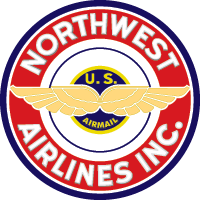
- 1940 estimated flying time (adding 2 stops, one hour each): 10 hours.
- 2014 flying time (non-stop): 3 hours, 14 minutes.
- 1940 one-way airfare: $82.50
- 2014 one-way airfare (cheapest Travelocity rate): $240.00
Portland to Chicago, 2120 miles
- 1940 estimated flying time (adding three stops, one hour each):13 hours.
- 2014 flying time (nonstop): 4 hours, 15 minutes
- 1940 one-way airfare: $99.00
- 2014 one-way airfare (cheapest Priceline rate): $283.00
Looking at the numbers above, it does seem like air travel today, although much more expensive, is also much more efficient.
But, before dismissing 1940 air travel completely, let’s factor in a few additional estimated numbers and a little perspective.
1940:
- Passenger arrival time before flight: 15 minutes outbound.
- Airport arrival logistics: 15 minutes inbound.
2014:
- Parking/security check (most major airports): 2 hours outbound.
- Airport arrival logistics (baggage, ground transportation, etc.): 1 hour inbound.
Of course, 1940 air travelers had perks that those of us flying now can only dream about.
People who chose to fly then were often thought of as courageous, daring and even glamorous.
“You’re kidding! You’ve flown on an airplane? Weren’t you petrified?”
Usually dinner and drinks were served for free on fine china. (Okay, the food wasn’t always that great).
“Do you prefer you filet mignon rare or medium? May I refill your whiskey?”
The Stewardesses were trained to be super-friendly and, from what I’ve read, most were more than a bit flirtatious.
“I love your suit today, Mr. Traveler! And, that tie! Very handsome!”
And, of course, legroom and leg cramps were rarely an issue for passengers.
Any other advantages from 20th Century air travel you can think of?
If so, please comment below.
Video: New York to San Francisco on a DC-3. Flying “three miles a minute.”
[youtube id=”6F5e-uc9AKI”]
- A Very New Pickathon in 2022 - August 13, 2022
- Pickathon returns to Pendarvis Farm! It’s not just the artists that’ll be new. - August 3, 2022
- July is BIPOC Mental Health Awareness Month (Black, Indigenous, Persons of Color) - July 14, 2022


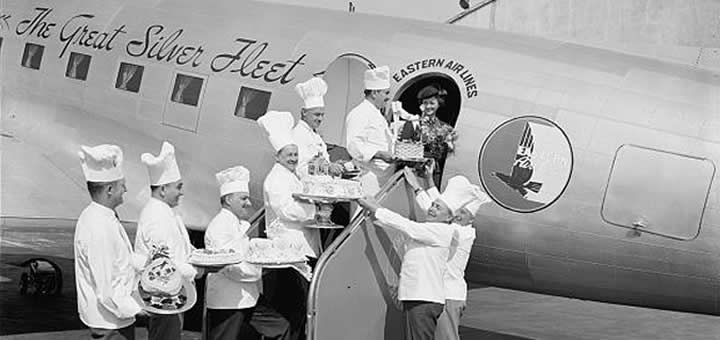
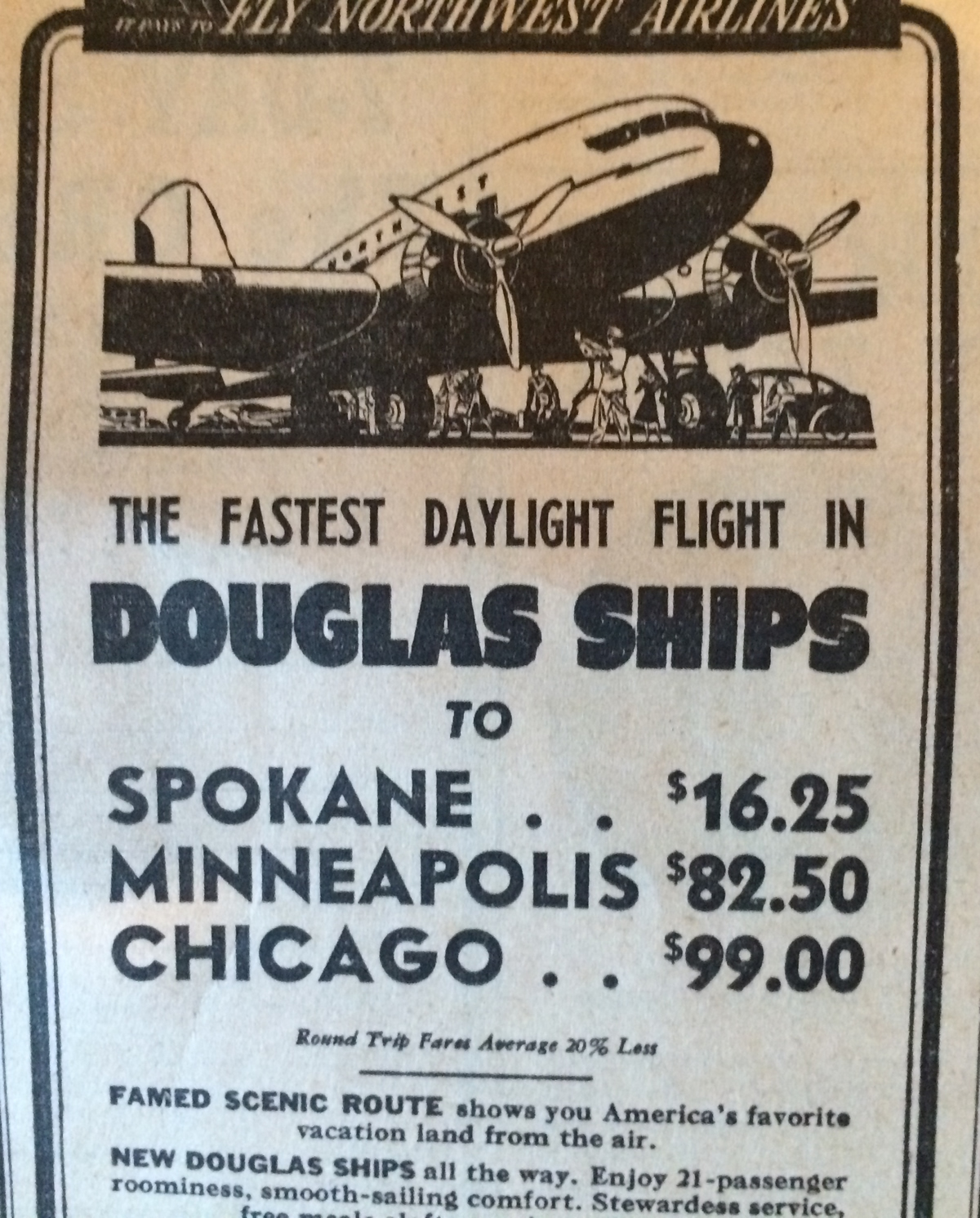
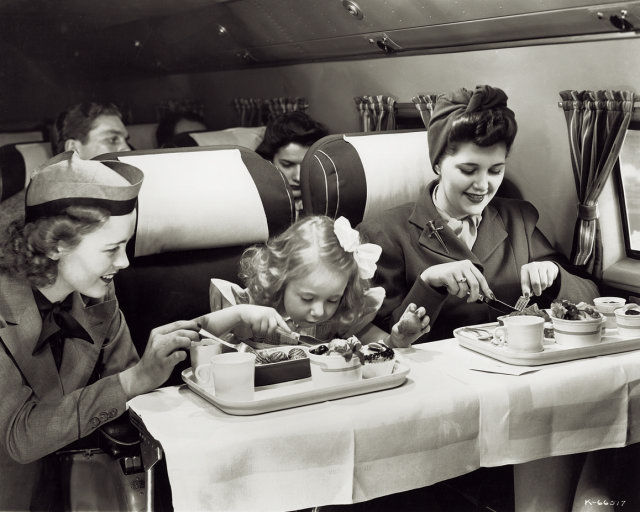

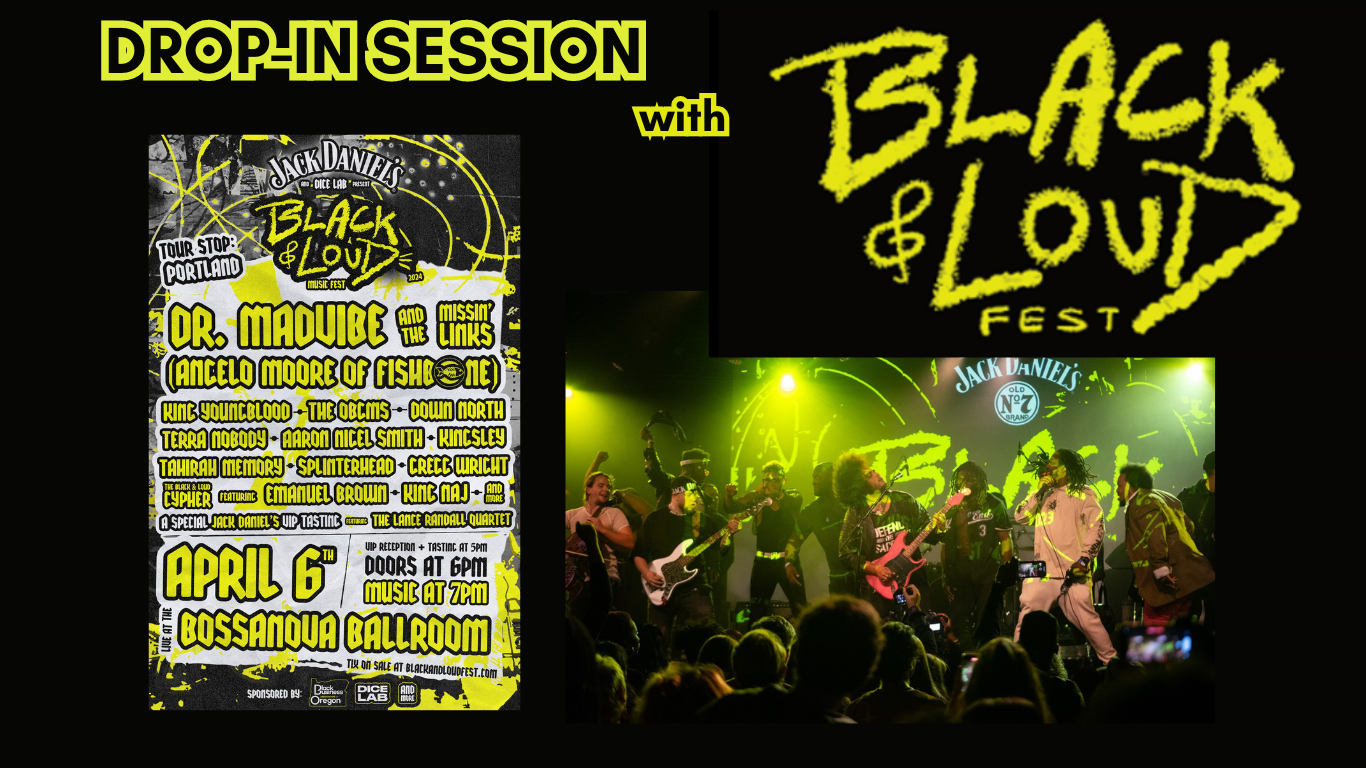
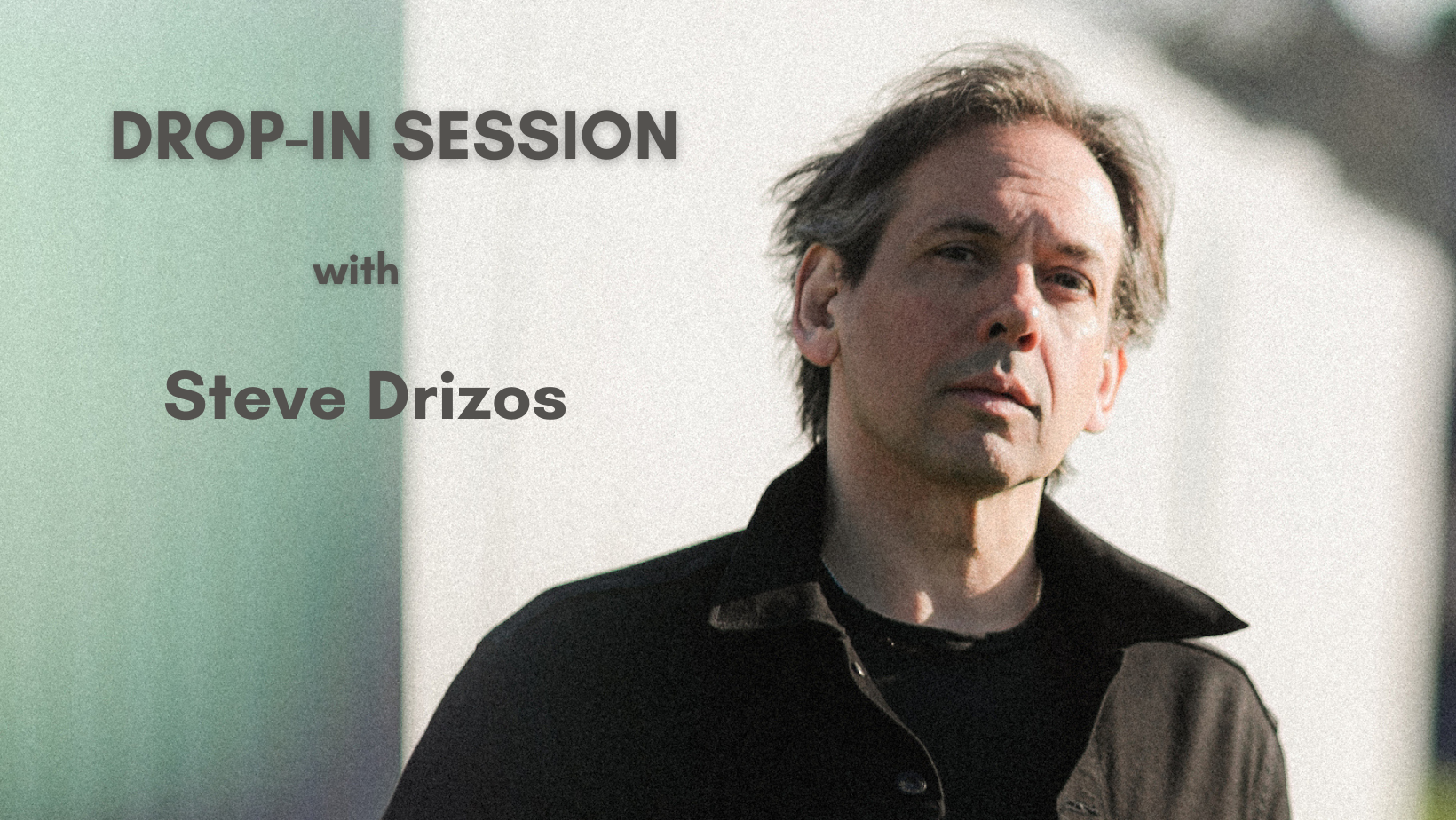
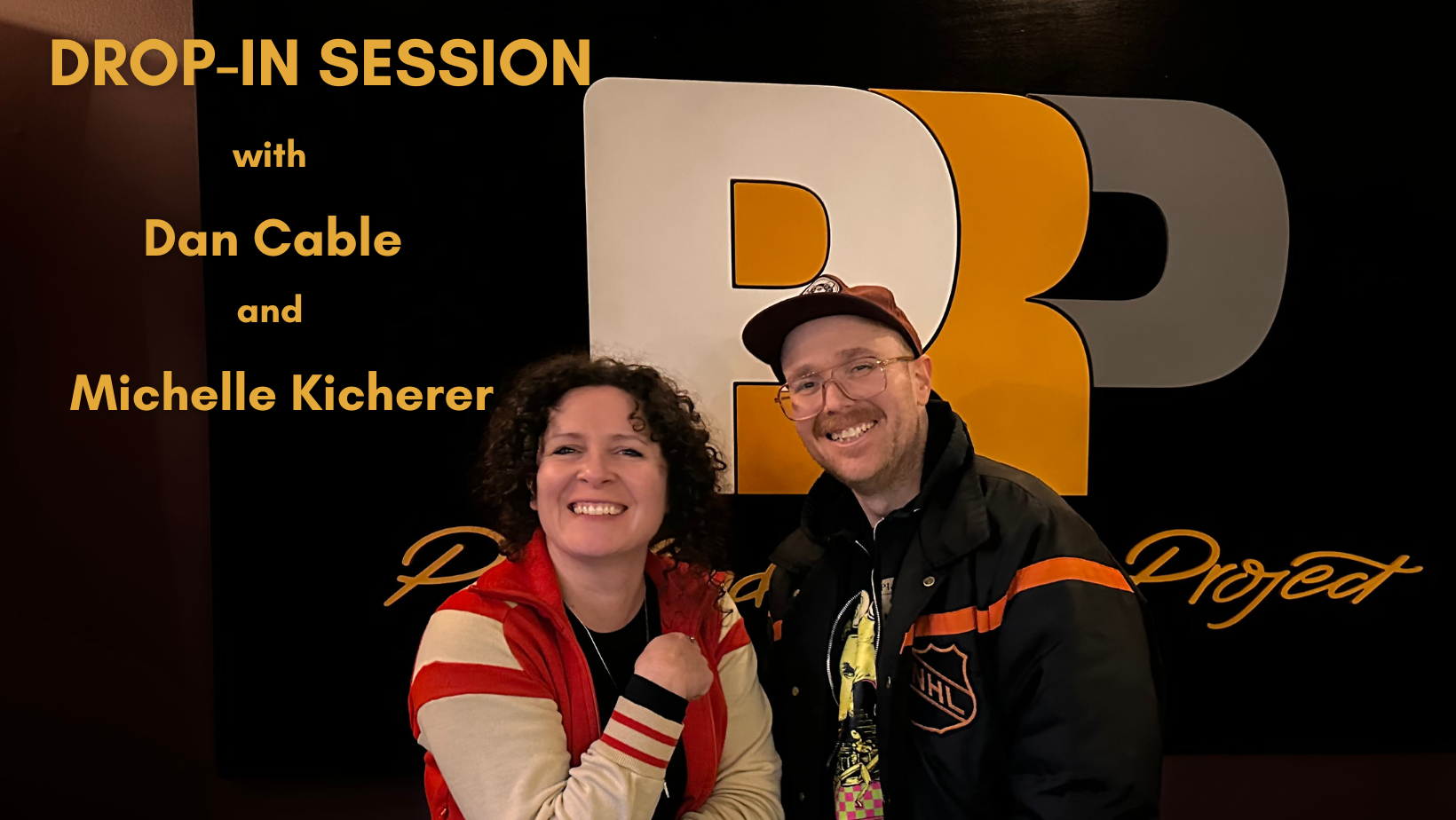
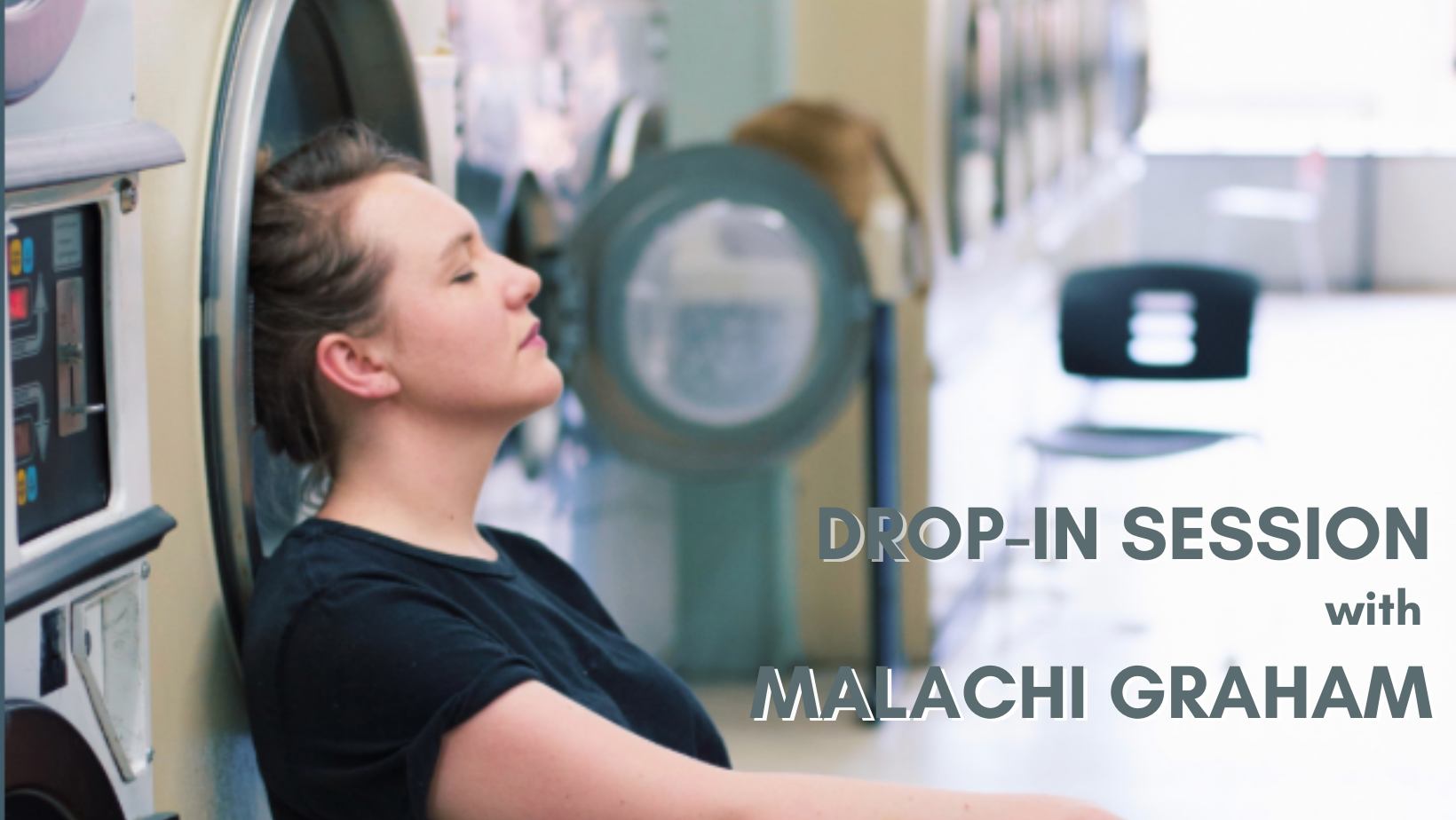

Leave A Comment